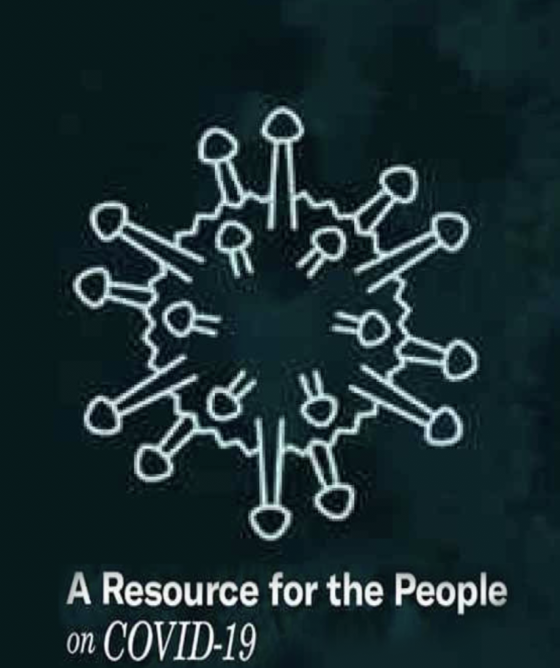SACRAMENTO—Legal and scientific experts are warning that California’s proposed lethal injection protocols were created without the transparency and public participation required by law and that these untested execution procedures will amount to human experimentation, with a grave risk that something will go terribly wrong. These experts are joined by the voices of nearly 15,000 individuals who have already weighed in against the California Department of Corrections and Rehabilitation’s (CDCR) proposal for a new protocol to execute inmates by lethal injection. Their warnings come just days ahead of the CDCR’s January 22 hearing on the proposed regulation and as public support for the death penalty continues to decline nationwide.
“The proposed regulation is replete with legal, ethical, medical and logistical problems,” said Megan McCracken, Eighth Amendment Resources Counsel with the Berkeley Law Death Penalty Clinic. “The CDCR’s protocol is not based on sound research and amounts to experimentation. In proposing to execute inmates using two drugs – amobarbital and secobarbital – that have never been used in executions, the CDCR is teeing up the state for what is sure to be a protracted mess.”
Moreover, the CDCR is holding the public hearing even though the Department has not yet disclosed to the public all of the documents that may be relevant to evaluating its proposed regulation.
“Friday’s hearing is a mere illusion of public participation in this process, due to the fact that CDCR has yet to turn over all documents related to lethal injection. What are they hiding?” said Ana Zamora, Criminal Justice Policy Director with the ACLU of Northern California. “It appears that once again, the CDCR is operating behind a veil of secrecy in its quest to resume executions and, given the Department’s track record, I cannot imagine a more crucial time for increased public scrutiny.”
In order to comply with a Court order to turn over documents related to lethal injection, or properly justify withholding them, before the deadline for public comments related to the proposed regulation, the CDCR agreed to extend the period for written comments to February 22. But the CDCR insisted on holding the public hearing, an opportunity for members of the public to provide oral testimony about the proposed regulation on January 22, a full month before the close of the comment period and before the Court has an opportunity to rule on whether the CDCR is entitled to withhold documents that may shed light on the proposed regulation.
“The proposed regulation is deeply flawed and leaves us with more questions than answers,” said Megan McCracken. “What is notable is the information the Department does not provide. The CDCR’s failure to provide information about the safety and effectiveness of the two drugs and its omission of clear information about the preparation and sources of all of the drugs raises serious questions about the Department’s competency.”
“California should hold itself to a higher standard and put an end to this wasteful system that is broken from start to finish,” said Ana Zamora.
Executions in California came to a halt in 2006 due to legal challenges to its three-drug lethal injection protocol. The state then decided to stop defending the three-drug protocol and announced it would develop a brand new, single-drug protocol. Since then, the CDCR has tried and failed to develop a lawful lethal injection protocol on several occasions. In 2014, death penalty supporters filed a lawsuit against the CDCR to speed up the release of the new protocol.
###

